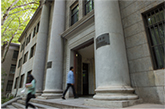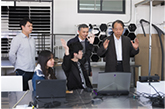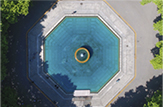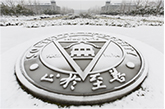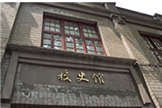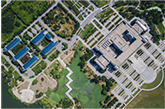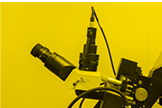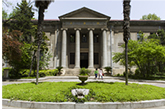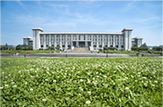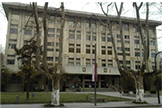Zhang Guangjun, male, born in March 1965, native of Tianjin City, was studying at the Precision Instrument Engineering Department of Tianjin University specializing in Test and Measurement for the Bachelor’s, Master’s and Doctorate Degreesfrom September 1982 to March 1991. He once taught at Beijing University of Aeronautics and Astronautics (BUAA) in April, 1991, was then promoted to professor in May 1996, enrolled as “CheungKong Distinguished Professor” in 2001, accessed to the National Science Fund for Distinguished Young Scholars in 2000 and was granted “CheungKong Scholar Achievement Award” in 2008. As Chairman of Chinese Society for Optical Engineering (CSOE), Vice Chairman of Chinese Society for Measurement and Vice Chairman of China Instrument and Control Society, he was serving as Vice President of BUAA and Director of Key Laboratory ofPrecision Opto-mechatronics Technology, Ministry of Education from December 2008 to November 2015. In November 2015, he was transferred to serve as President of Southeast University where he has been always engaged in researches on geometric dynamic measurement technology and engineering application. On this basis, he developed the vision measurement model and field calibration system, and proposed a series of new methods of dynamic imaging and graphic information processing. With all the efforts, he, as the leading researcher, has developed a small-sized high-precision celestial navigation satellite-bone product, the dynamic test station in respect of the flight performance of aeronautic equipment, and three series of test equipment concerning the main track dynamic test station of the train’s operating state, which have filled in gaps of domestic research in these regards. As the main performance indexes of such equipment have achieved or exceeded those of foreign mainstream products, they have fulfilled the urgent demands of satellite on-orbit service, the development of national defence equipment and the railway transportation. At present, the technologies have been industrialized by the industrial department and the calibration technology has established the national military standards in China. Thus he was granted one first prize (in 2008), two second prizes (in 2012 and 2006 respectively) and one fourth prize (in 1997) of National Award for Technological Invention as the first prize winner, one second prize of National Teaching Achievement as the second prize winner (in 2009). In addition, he accomplished two monographs independently: Vision Measurement and Star Identification. In 2013, he was elected as the Academician of Chinese Academy of Engineering.
- Study
- Research & Innovation
- Schools & Colleges
- School of Architecture
- School of Mechanical Engineering
- School of Energy &Environment
- School of Information Science and Engineering
- School of Civil Engineering
- School of Electronic Science and Engineering
- School of Mathematics
- School of Automation
- School of Computer Science and Engineering
- School of Physics
- School of Biological Science & Medical Engineering
- School of Materials Science & Engineering
- School of Humanities
- School of Economics & Management
- School of Electrical Engineering
- School of Foreign Languages
- Department of Physical Education
- School of Chemistry and Chemical Engineering
- School of Transportation
- School of Instrument Science & Engineering
- School of Arts
- School of Law
- Medical School
- School of Public Health
- Chien-Shiung Wu College
- College of International Students
- College of Software Engineering
- School of Marxism
- School of Artificial Intelligence
- School of Life Science and Technology
- Laboratories
- Centers
- Schools & Colleges
- About
- Campus Service
- Library


